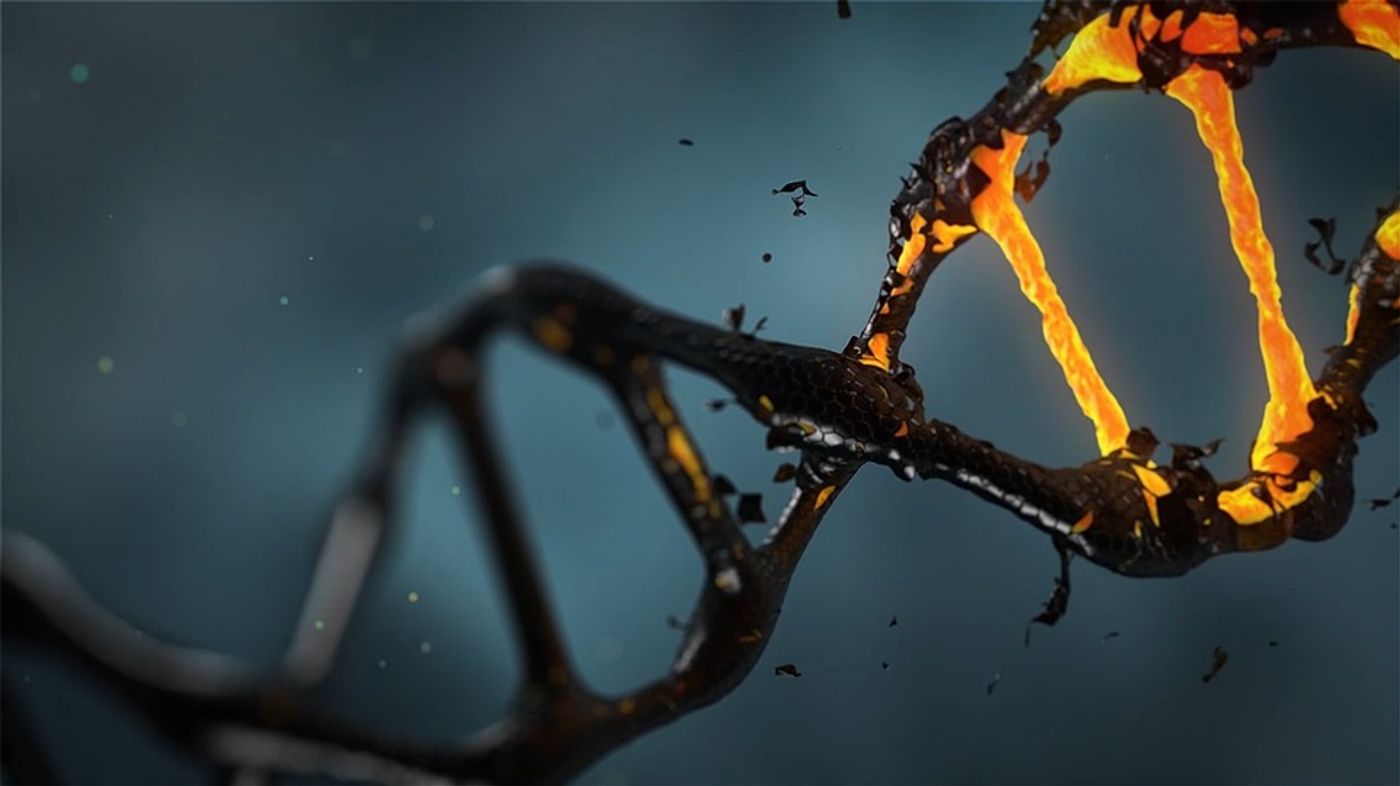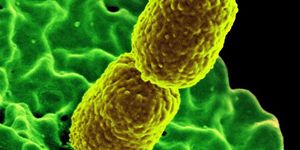Investigating Previously Unmapped Regions of the Human Genome
Reporting in Genome Research, an international team of scientists has used cutting-edge imaging tools to map a region of the human genome that has not yet been described. This region can influence the development of various diseases, and we don’t know much about it yet. This work illustrates that some portions of the human genome have been very difficult to reveal, though it was announced in 2001 that the human genome had been completely sequenced.
"We have realized over time that this is not entirely true, as there are numerous gaps that remain in the reference human genome sequence. These gaps are present in regions that are unmappable and often `invisible' to past and most current sequencing technologies," explained one of the senior study authors Tamim Shaikh, Ph.D., a professor of pediatrics in the section of Genetics and Metabolism at University of Colorado School of Medicine.
In this work, the scientists zeroed in on 22q11, a region of chromosome 22. In this area, there are numerous genetic sequences that are unmappable, called low copy repeats (LCRs). These regions often contain many repetitive sequences and are dynamic; they can cause chromosome rearrangements and deletions and are significant sources of instability. When they lead to large losses or gains in pieces of DNA, they can cause disease. When a section of DNA is lost from 22q11 and 22q11 deletion syndrome arises, it can lead to a variety of symptoms including heart defects, seizures, and mental disorders. The disorder is described in the following video.
With advanced techniques for mapping the genome, fiber FISH and Bionano optical mapping, the research team visualized lengthy DNA molecules. This illustrated the high level of variability between individuals and groups, which was previously unknown. The size differences ranged from hundreds of thousands to more than two million DNA bases. Some individuals had a lot less and some had far more DNA in this area.
"The large differences between people cannot be assessed without the mapping technologies deployed in this study," noted study co-author Dr. Pui-Yan Kwok, Henry Bachrach Distinguished Professor at University of California San Francisco. "Our approach brings clarity to the organization of the highly complex region studied."
"You are mapping these chromosomal fragments back to the genome to see what is different," Shaikh added. "We looked at over 150 apparently healthy people. We found the region in question was drastically different in each person."
"Now we can start asking questions like, `Is someone with more or less DNA more disposed to have a child with disease?'" Shaikh added. "If so, then it might be possible to genetically test parents before they have children."
Shaikh noted that this genomic region is constantly changing. "If you look from one generation to the next you may see changes within the same family," he said. "That is pretty incredible."
Sources: AAAS/Eurekalert! via University of Colorado Anschutz Medical Campus, Genome Research
-
MAY 07, 2024Is It Anti-RNP or Anti-Sm/RNP?
- See More
-
APR 30, 2024Immuno-Oncology Virtual Event Series 2024
-
MAY 07, 20243rd International Biosecurity Virtual Symposium
-
MAY 23, 2024For the Love of Digital PCR 2024
- See More


















































